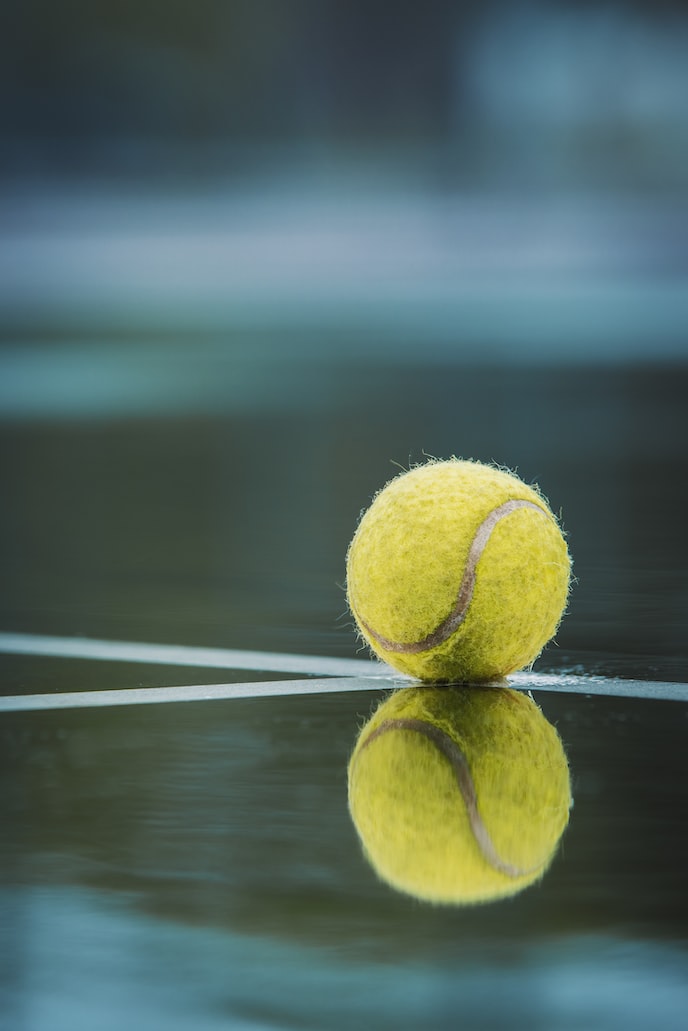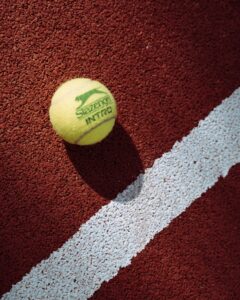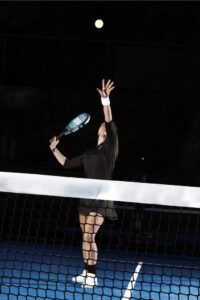Building Stronger Padel Game: Tips for Enhancing Your Wall-Play Transition
3 min read
Building Stronger Padel Game: Tips for Enhancing Your Wall-Play Transition
If you’re a padel enthusiast looking to take your game to the next level, then mastering the art of wall-play transition is crucial. A smooth transition from hitting the ball against the wall to being ready for the return will give you a significant advantage over your opponents. Let’s dive into some expert tips and tricks on how to improve your padel wall-play transition and become a force to be reckoned with on the court.
The Importance of Wall-Play Transition
First things first, let’s understand why wall-play transition is such a vital aspect of your padel game. When you hit the ball against the wall, it often rebounds back at you with varying speed and spin. Having the ability to adapt quickly and position yourself correctly will allow you to return shots effectively and keep control of the game.
1. Get Your Footwork Right
Like any sport, padel requires good footwork. When transitioning from the wall to getting ready for the return, focus on your footwork. Always aim to position yourself sideways to the wall with your dominant foot forward. This stance will allow you to react swiftly and move in any direction to counter the return.
2. Timing Is Everything
One key aspect of wall-play transition is timing. As the ball rebounds off the wall, make a mental note of the speed and trajectory. By timing your movements accurately, you can be in the perfect position to meet the ball at its optimal point, giving you better control and power.
3. Anticipate the Spin
When the ball hits the wall, it often comes back to you with some spin. By paying close attention and familiarizing yourself with the different types of spin, you can anticipate how it will affect the ball’s bounce. This anticipation will enable you to adjust your movement and racket angle accordingly, allowing for a more effective return.
4. Practice Point of Contact
The point at which your racket makes contact with the ball is critical in determining the shot’s outcome. When transitioning from the wall, focus on practicing your point of contact. Aim to hit the ball when it’s slightly below shoulder level, ensuring a clean and powerful strike.
5. Utilize Visual Cues
Understanding visual cues from your opponent can significantly enhance your wall-play transition. By observing their body position and racket movement, you can anticipate where they will likely hit the ball, helping you position yourself optimally for the return shot.
6. Be Agile and Flexible
Padel is a fast-paced game, and being agile and flexible is essential for a successful wall-play transition. Work on improving your flexibility through stretching exercises and focus on maintaining good body control. This will allow you to quickly react to the ball and adjust your position efficiently.
7. Play Smart, Not Just Hard
Remember, padel is as much a mental game as it is a physical one. While it’s important to hit the ball with power, focusing solely on strength may lead to mistakes. Instead, concentrate on positioning yourself correctly and strategize to play smart shots that give you a tactical advantage.
Conclusion
Improving your padel wall-play transition is a gradual process that requires practice, patience, and attention to detail. By focusing on your footwork, timing, anticipation, and point of contact, you can significantly enhance your ability to transition smoothly from the wall to the return shot. Remember to stay agile, be adaptable, and play smart. So put these tips into action, and soon enough, you’ll leave your opponents in awe of your incredible wall-play transition skills on the padel court!







